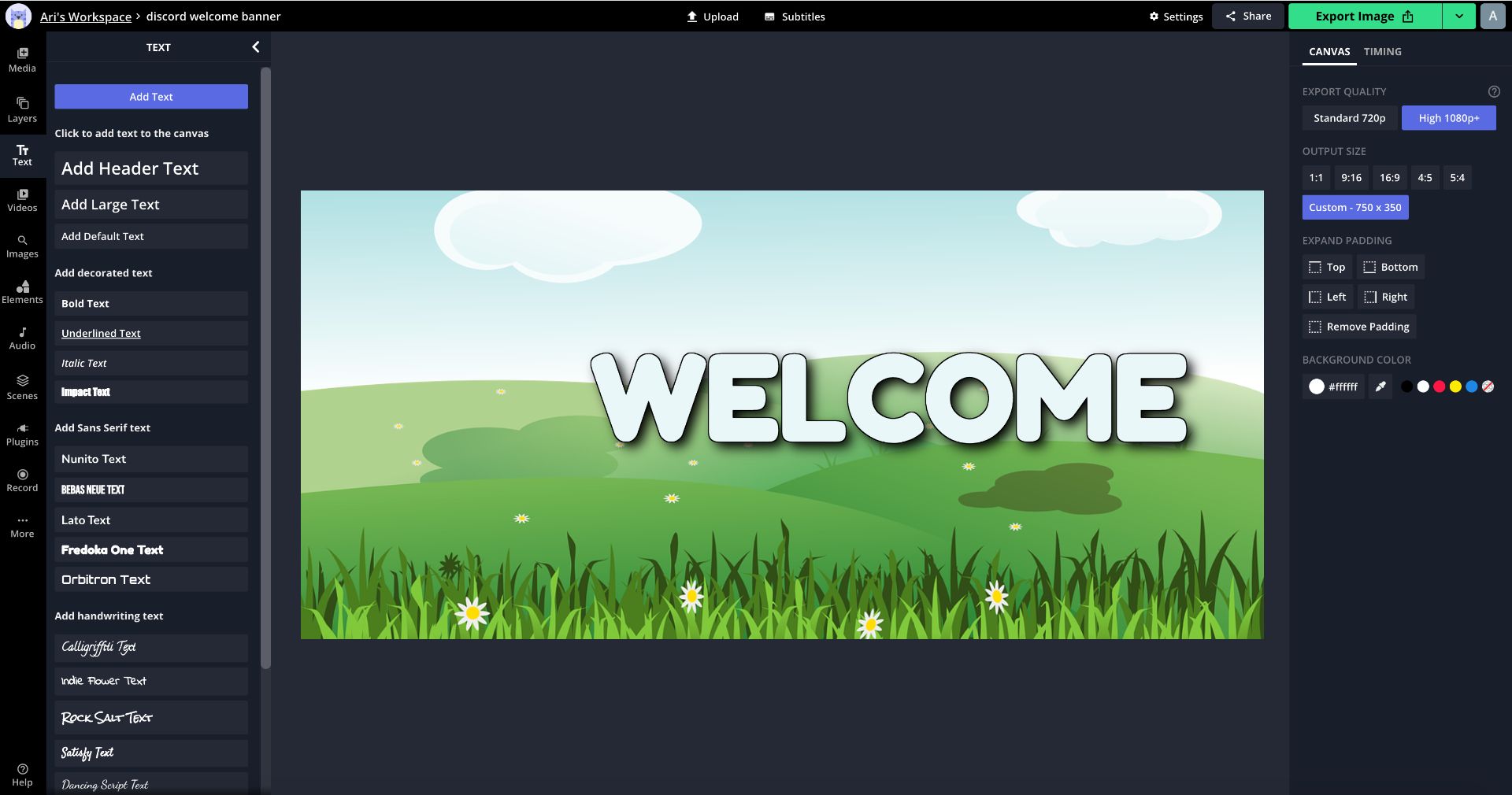

AI agent swarms are a fascinating development in the world of artificial intelligence. Picture a group of interconnected agents, each with its own unique skills, working together towards a common objective. These agents are designed to collaborate, sharing data and adjusting their roles dynamically to best meet the needs of the task at hand.
The strength of AI swarms lies in their adaptability and efficiency. Each agent in the swarm is specialized for certain tasks, enabling the collective to tackle complex problems with a high degree of precision. They work like a well-oiled machine, constantly communicating and reallocating tasks based on real-time conditions.
Key Advantages of AI Swarms:
AI swarms offer a robust alternative to traditional AI models, which often rely on monolithic systems. The swarm approach brings a fresh perspective, allowing for more dynamic and responsive AI solutions. By leveraging their collective capabilities, AI swarms can achieve tasks more efficiently and effectively than individual agents.
AI agent swarms operate through a sophisticated network of interconnected agents, each contributing to the collective intelligence of the swarm. Data sharing among these agents is crucial. They exchange information continuously, ensuring all agents are informed and can make decisions based on the latest data. This constant flow of information allows agents to react and adapt to changing conditions effectively.
Feedback loops play a significant role in the swarm's efficiency. Agents use these loops to assess and refine their actions. By evaluating the outcomes of their tasks, agents learn and improve, enhancing the swarm's overall performance. This iterative process ensures that the swarm becomes more adept at handling complex challenges over time.
Scalability and adaptability are key features of AI swarms. They can expand or contract based on the task requirements, making them ideal for tackling both small and large-scale problems. This flexibility allows swarms to remain efficient, regardless of the task's complexity or size.
Initialization: Agents receive task objectives and initial data inputs.
Data Sharing: Agents exchange information to build a comprehensive understanding of the task environment.
Task Allocation: Based on shared data, agents dynamically assign roles and responsibilities.
Execution: Agents perform their tasks, continuously communicating and adjusting strategies as needed.
Feedback Processing: Post-task, agents use feedback loops to assess performance, sharing insights to improve future operations.
Adaptation: Agents adjust their strategies and roles based on performance feedback and environmental changes.
For more insights into how these agents manage data and maintain security, you can review the Privacy Policy for Mee.fun, which details the platform's data handling practices.
This operational cycle ensures that AI swarms remain effective, agile, and capable of solving complex, evolving challenges.
AI agent swarms transform industries by optimizing operations and improving decisions. Think of them as a team of experts working in perfect sync. Let's explore how they work across industries.
In workforce management, AI swarms make recruitment simpler, screen candidates, and create better employee experiences. They help place the right people in the right roles at the right time.
In finance, swarms handle complex tasks like portfolio management and risk assessment. They process massive amounts of data to guide smart financial choices.
Logistics teams use AI swarms to improve supply chains and delivery routes. The swarms update plans using live data to ensure on-time deliveries while cutting costs.
Healthcare professionals use AI swarms to manage patient care and improve diagnoses. This leads to custom treatment plans and better use of hospital resources, helping patients recover faster.
Specific Use Cases of AI Swarms:
AI swarms bring solutions that grow with your business and fit different needs. They work together and adapt, making them essential tools for modern companies. For more information on how our platform facilitates these advancements, visit Mee.fun's main page, which highlights our comprehensive approach to management and growth. Additionally, to explore the creative potential and collaborative tools available, visit our Discover Create Mee page where you can engage with our platform's innovative features.

Implementing AI agent swarms isn't without its hurdles. Data privacy is a big concern. With agents constantly sharing and processing data, ensuring privacy and security becomes a complex task. It's crucial to protect sensitive information from unauthorized access and potential breaches. For more detailed information on how we handle data privacy, you can review our Privacy Policy that outlines our data protection measures.
Integrating AI swarms with existing systems is another challenge. Businesses often have established systems, and adding a swarm's dynamic framework can be tricky. It requires careful planning and robust frameworks to ensure smooth interaction without disrupting current operations.
The experimental nature of swarm frameworks means they're still evolving. This experimentation brings potential risks and uncertainties. Developers must be prepared for unexpected behaviors and outcomes, which can complicate deployment and management.
Primary Challenges in Deploying AI Swarms:
AI swarms hold promise, but navigating these challenges is key to successful implementation. Developers and businesses need to address these limitations head-on, ensuring that the deployment of swarms is both effective and secure.
AI swarms transform industries. These swarms grow more sophisticated, delivering precise and efficient solutions. AI swarms handle complex tasks across sectors, boosting efficiency and decision-making.
Companies blend AI swarms with their tech stack to create smooth operations. Machine learning, data analytics, and network communications drive AI swarm innovation. These tools help swarms process data with speed and precision.
Here's what to expect:
Ethics guide AI swarm development. Privacy, security, and responsible use remain key priorities. Smart implementation helps businesses unlock the power of AI swarms.





